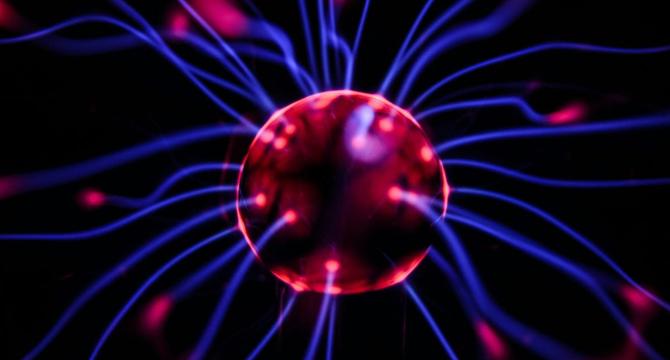Medium
1M
82

Image Credit: Medium
AI == Math model of the human brain
- Human evolution has led to the development of a complex brain with over 86 billion neurons.
- The human brain processes sensory inputs through a complex network involving photoreceptor cells, chemical changes, and electrical signals.
- The brain utilizes joint encodings for sensory inputs and can simulate scenarios without external input, akin to AI multimodal and generative models.
- Individual differences in learning and performance in the brain have AI equivalents in model initialization and training hyperparameters.
- The brain's sparse activation is mirrored in AI through techniques like ReLU and dropout for selective activation.
- Plasticity in the brain is akin to AI transfer learning, enabling quick adaptation to new tasks.
- Neural circuits in the brain optimize routes similarly to residual connections in AI for faster information propagation.
- Emotional reactions in the brain have parallels in sentiment analysis and reinforcement learning models in AI.
- Machine learning models learn patterns from data without explicit programming and improve performance by adjusting internal parameters.
- Artificial neural networks draw inspiration from biological neurons, with weighted inputs and learning algorithms adjusting synaptic strengths.
Read Full Article
4 Likes
For uninterrupted reading, download the app